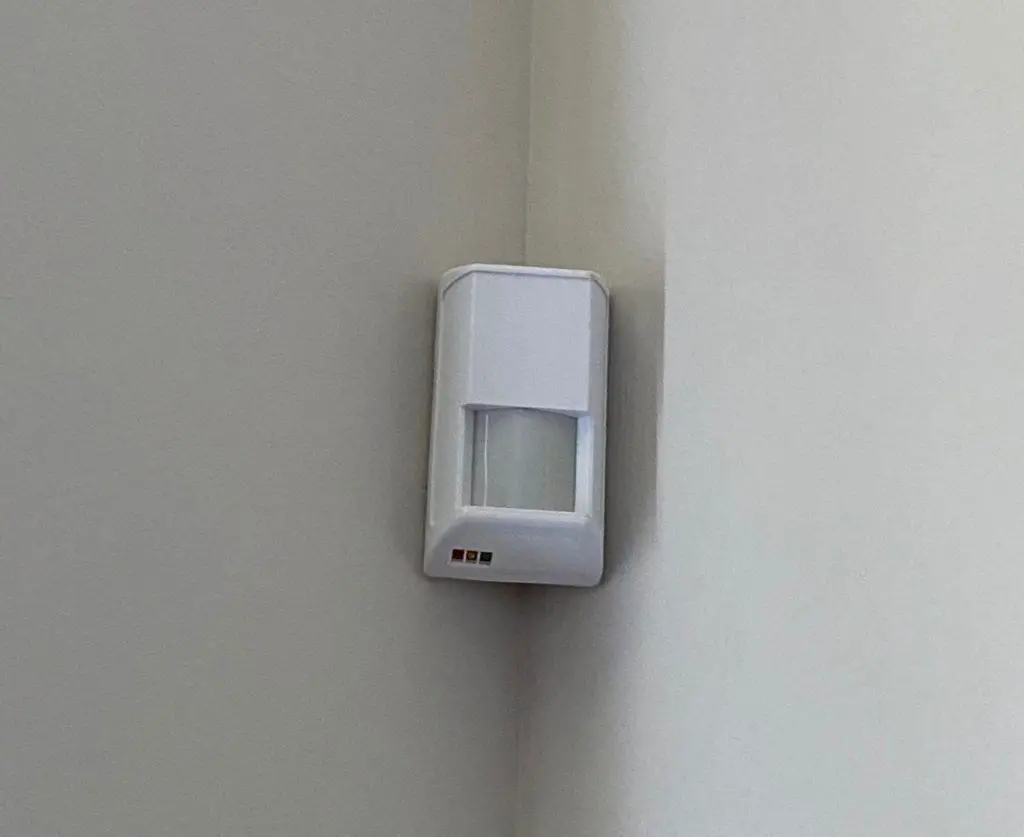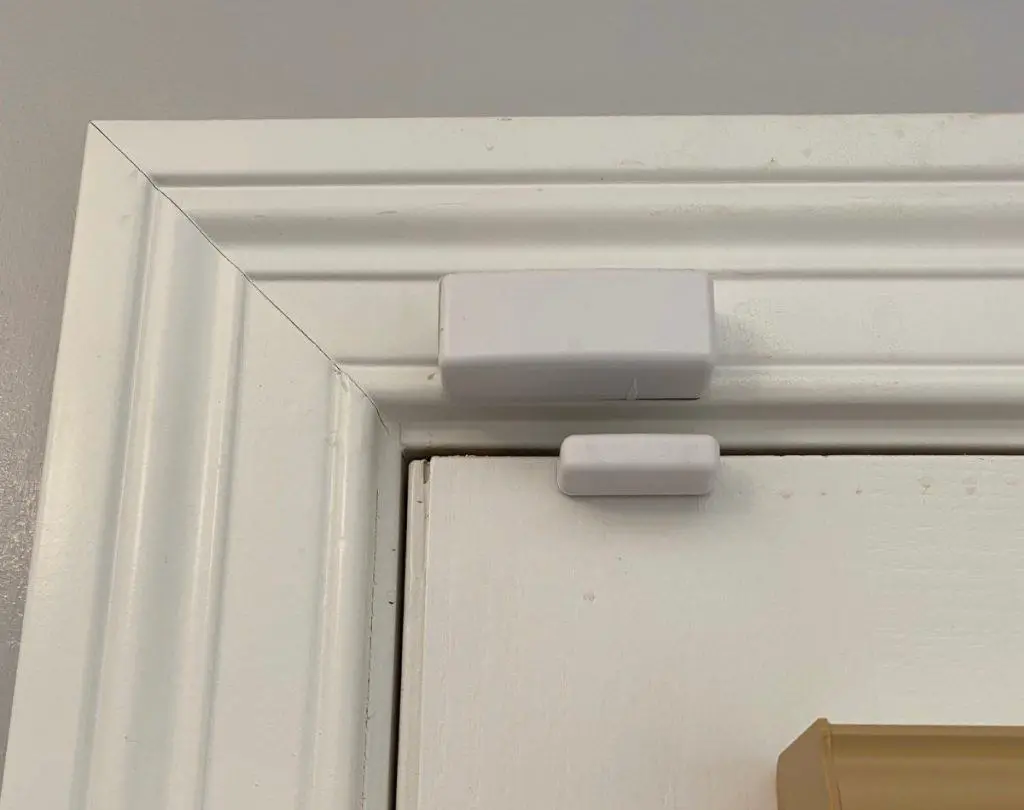Alexa and Google Assistant seem to be integral to everything these days. More people now rely on voice assistants for basic web tasks and controls, from finding a recipe to managing a smart home system. However, they’re not without their downsides, so how can you automate your home without using them?
Here’s how how you can automate your home without Alexa or Google:
- Implement schedules across the smart home architecture.
- Embrace dynamic automation using routines.
- Buy more smart sensors.
- Adopt a non-voice-dependent control center.
- Use smart switches and buttons.
In the rest of the article, we’ll go into more detail on the above points to show how you can move away from Alexa or Google when automating your home.
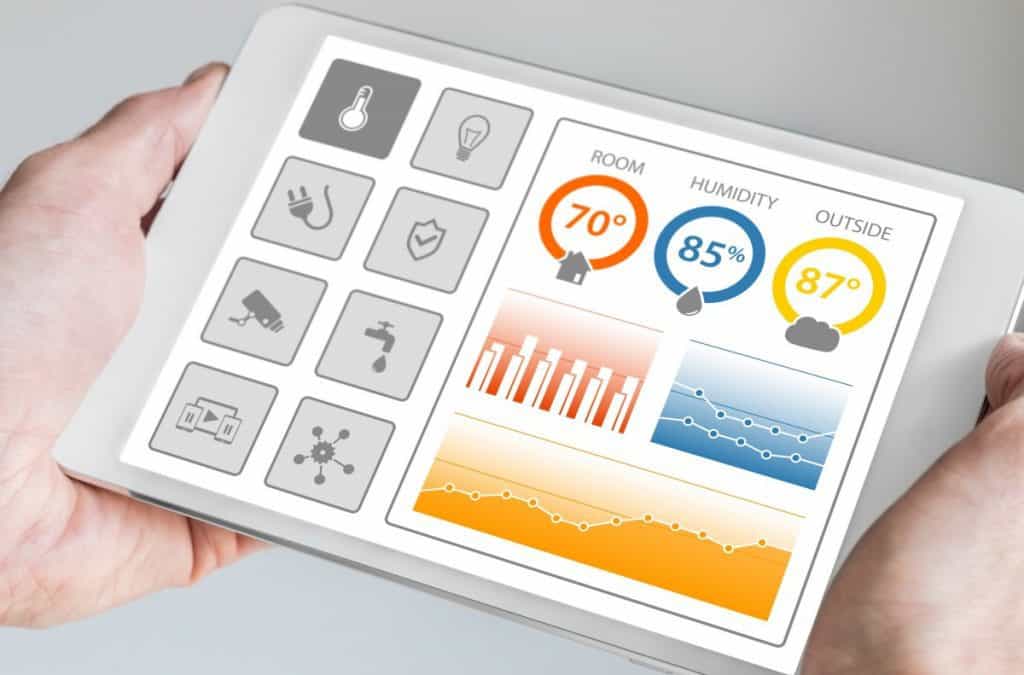
The Argument for and Against Voice Assistants
Voice assistants are useful when you want to find something online quickly. A simple “Hey Alexa/Google..” is enough to get the job done. The hands-free function allows you to get more done.
However, voice assistants aren’t without their downsides:
- If you’re making a more nuanced request from the assistant, it’s likely to hear wrongly and bring up the wrong results (if any at all). So, you’ll still need to whip out your phone and do the job manually. In home automation, this could mean failing to trigger heating when you need it or something similar. You have to walk to the thermostat or find your phone to use the remote functionality when that happens.
- Voice assistants are only useful when the internet is fast enough. If you don’t have a very stable 4G network, you’ll have to repeat yourself multiple times to get the assistant to respond. So, unless you have high-speed internet, you’d do well to detach your home automation from voice assistants.
- Using your voice for most commands may be impractical. Your voice has to be loud and clear for the assistants to pick it up. If you live in a quiet environment, it means your neighbors will hear everything from when you turn your TV to when you turn on the front door lights. The voice interactions might also wake up your sleeping toddler you’ve spent the last hour trying to get to sleep.
So, voice assistants are great, but they’re not always the best solution.
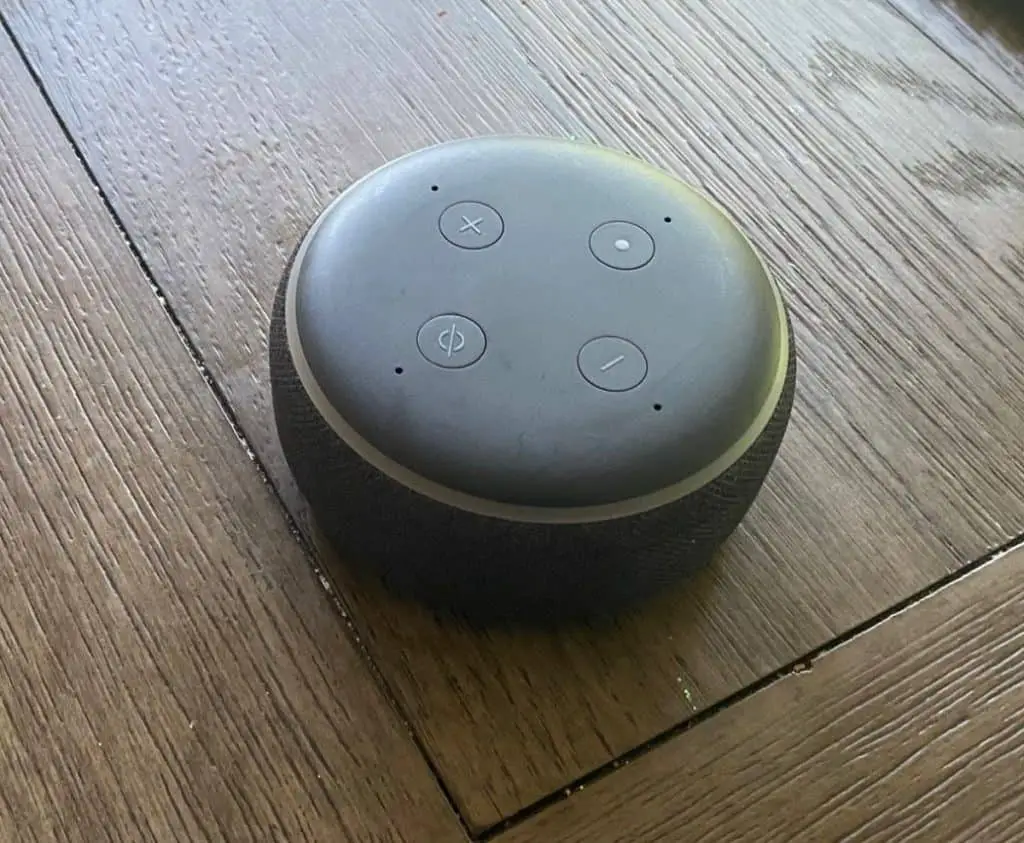
In home automation, many people prefer to have the option of using voice assistants and also the option of controlling the system manually. Unfortunately, it has to be one or the other for some people.
If you’re in the latter group, below are some of the things you should do:
1. Implement Schedules Across the Smart Home Architecture
The first step to automating your home without voice assistants like Google and Alexa is to set as many schedules as possible across most of your smart devices. With this arrangement, most of the scenarios that would have required calling up the assistant are automatically taken care of.
You can schedule when a smart device comes on and when it goes off.
You can also schedule finer details like the color or strength of a smart bulb. Most smart home apps like Apple Home or Samsung Smart Home come with scheduling tools that allow you to set a schedule for most smart devices. Once the schedule is set, you don’t have to do anything else.
Scheduling works for most smart devices, from light bulbs to vacuum cleaners. Tweaking the device settings won’t change your schedule either.
Scheduling With IFTTT
IFTTT (If This Then That) is a solution that gives you a smart home hub in the cloud. It allows thousands of smart home devices to interact seamlessly with one another. An action by one device automatically triggers other actions by other devices on your network.
IFTTT is widely used in the tech world for a ton of things, including improving user productivity. Using it as a means of controlling your smart home without a voice assistant is just one example. However, you have to pay a monthly fee to use the service to its full potential.
The free service allows you to use hundreds of scheduled interactions through the applets on the platform. If you want to create your own applets, however, you only get three slots. If you want more, you’ll have to pay for a pro account that costs $3.33 per month.
To learn more about how to use IFTTT, you can read this guide. You can also watch this YouTube video:
2. Embrace Dynamic Automation Using Routines
Routines are custom commands designed to trigger multiple actions on various smart devices in one go. For example:
- A “Movie Night” routine – can close the blinds, dim or turn off lights, and switch your TV to the appropriate channel.
- A “Night Time” routine – can turn on the front and back porch lights, lock your doors, and tweak the heating in your bedroom to the optimum level.
- An “Away” routine – can turn off all your lights, electronics, and kitchenware once your phone leaves the house and stays away for X number of minutes.
- A “Home” routine – can turn on your lights, electronics, and HVAC system once you walk in through the door.
You can do all of this at the touch of a button, allowing you to control your system a lot more easily without a voice assistant. You also won’t need to jump from one app to another. That additional layer of automation can make your smart home setup more enjoyable.
3. Buy More Smart Sensors
Schedules and routines work a great deal when it comes to home automation without voice assistants. However, you can add more precision to your automation with smart home sensors.
These sensors rely on basic environmental factors such as temperature and motion to trigger devices like smart plugs, smart bulbs, and thermostats. There are different types of smart sensors, these are:
- Contact sensors – fit into your doors and windows, telling you when they’re open or closed.
- Temperature sensors – keep tabs on your home’s humidity and temperature, providing more accurate readings for your HVAC system.
- Motion sensors – know when you enter or leave any room and trigger necessary actions.
Unfortunately, the smart home sensor market is still in its infancy, so there aren’t many options for you to choose from. Wyze and Shelly are two companies that sell smart home sensors that are truly cross-platform. Their sensors work with HomeKit, Google Assistant, and Alexa, and they’re Wi-Fi enabled.
However, both options are only a good idea if you need a few sensors. If you intend to install many smart sensors, you should consider using Zigbee or Z-Wave sensors instead of Wi-Fi sensors. Z-Wave sensors offer better battery life and more range.
The Ecolink Motion Detector and Ecolink Door & Window Sensor (both products are available on Amazon.com) are good examples. They’re compatible with most smart hubs, and the motion detector has five-year battery life. They’re also pet immune, so you don’t have to worry about pet disturbances.
4. Adopt a Non-Voice-Dependent Control Center
When automating your home without a voice assistant like Alexa or Google Home, you’ll likely end up spending a lot of time controlling your setup on your phone. That’s an arrangement that isn’t always convenient, so dedicated control centers make more sense.
A smart home control center ensures more convenient manual controls. In home automation scenarios incorporating Google or Alexa, the control center is usually a smart display specifically dedicated to running Google Home, Alexa, or Siri on the Apple HomeKit App.
The popular examples of such smart displays are Echo Show and Google Nest Hub. These devices are smart speakers with screens designed to put your smart home controls in one window.
However, they’re mostly designed for use with voice controls, making them less practical when automating a home without voice assistants like Alexa or Google. They’re also more expensive and take up more space.
Using a tablet as a smart control center in non-voice automation makes more sense because tablets are cheap and easy to move around. They also won’t take a lot of space while delivering all the benefits of the smart display devices. You get a smart control setup that works fine without voice assistants.
If you’d rather not go through the process of sideloading Google Home on your Amazon Fire tablet, you can go for an Android tablet such as the Lenovo Tab M10 Plus (available on Amazon.com). It costs a bit more, but it can effectively work as your smart device hub. If you’re a HomeKit user, an iPad is your only option here. They’re more expensive, but you can explore the used market.
After you’ve secured your ideal tablet to use as a control center, buy a mount to position the tablet strategically around your home. A good example is the TFY Tablet Wall Mount (available on Amazon.com). It’s compatible with most tablets and doesn’t require any screws to fit on smooth surfaces.
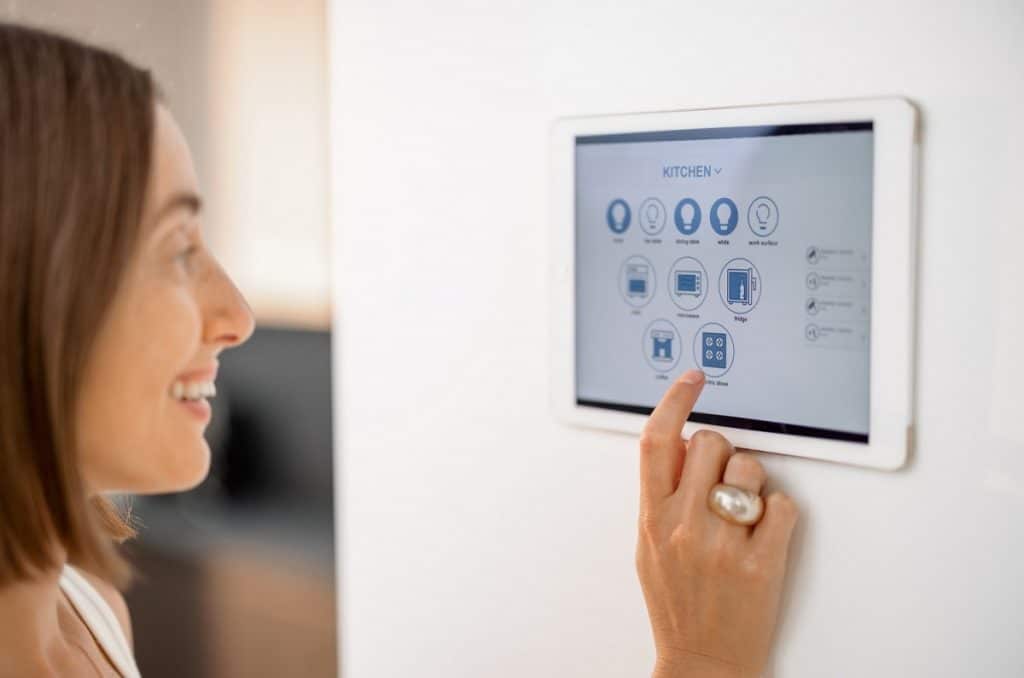
5. Use Smart Switches and Buttons
With a non-voice dedicated control center and routines, you can enjoy home automation without Alexa or Google Assistant. However, if you want more layered control, smart switches and buttons come in handy. They’re physical buttons you can program with specific functions.
For example, you can program a button to turn down the heating by 5-10 degrees once pressed or turn on all the smart lights within a room on one press.
The Lutron Caseta Wireless Smart Dimmer (available on Amazon.com) is one of the best examples of a smart switch. It’s a physical control for all your smart bulbs that makes your existing light switch redundant.
For smart buttons, you can choose Flic Sticker Pack (available on Amazon.com). The buttons are programmable, customizable, and wire-free. You can use them to trigger any of your smart home devices, giving you a new layer of control. The buttons also have excellent tactile feedback—for people that enjoy the feel of physical buttons.
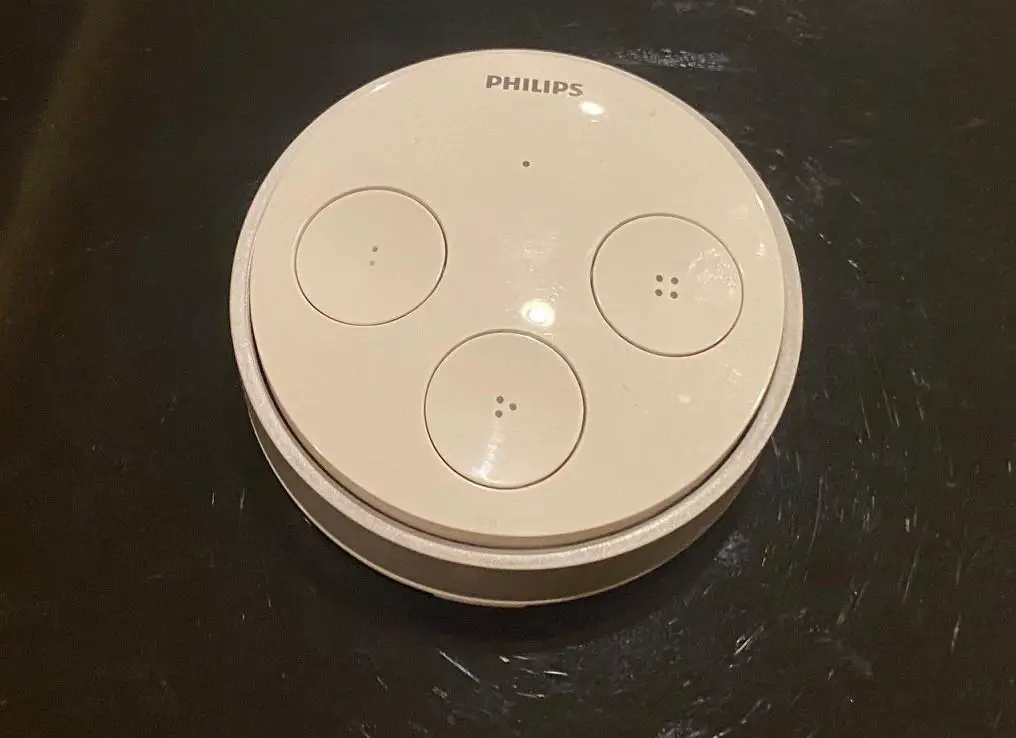
Tips To Keep in Mind When Automating Your Home
Here are some tips to keep in mind when automating your home:
Start With Smart Devices Most Relevant to You
Smart lights, smart thermostats, and smart home cameras are the first few devices most people go with when automating their homes. However, you can choose to skip the thermostats and go with lights, door/window sensors, motion detectors, and a smart entertainment hub.
Work Out Your Remote Connection
One of the best things about automating your home is that it provides you with control from any part of the world. However, remote access requires a strong internet connection and a smart hub setup. Samsung Smart Hub is an example. If you’d like to retain control of your smart devices when you’re out and about, you’ll need to design the system with that in mind.
Go for Devices With Strong Batteries
Smart device routines and schedules can break down when the batteries of key devices in the chain run down. They’ll run down from time to time, but choosing devices with longer-lasting batteries gives you more time in between battery changes.
Save Money With Smart Switches
Smart switches can add your existing gadgets to your smart home architecture. So, instead of replacing all your light bulbs, for example, you can use smart switches to add them to your smart home network. That approach can help you save money—which can go towards other devices.
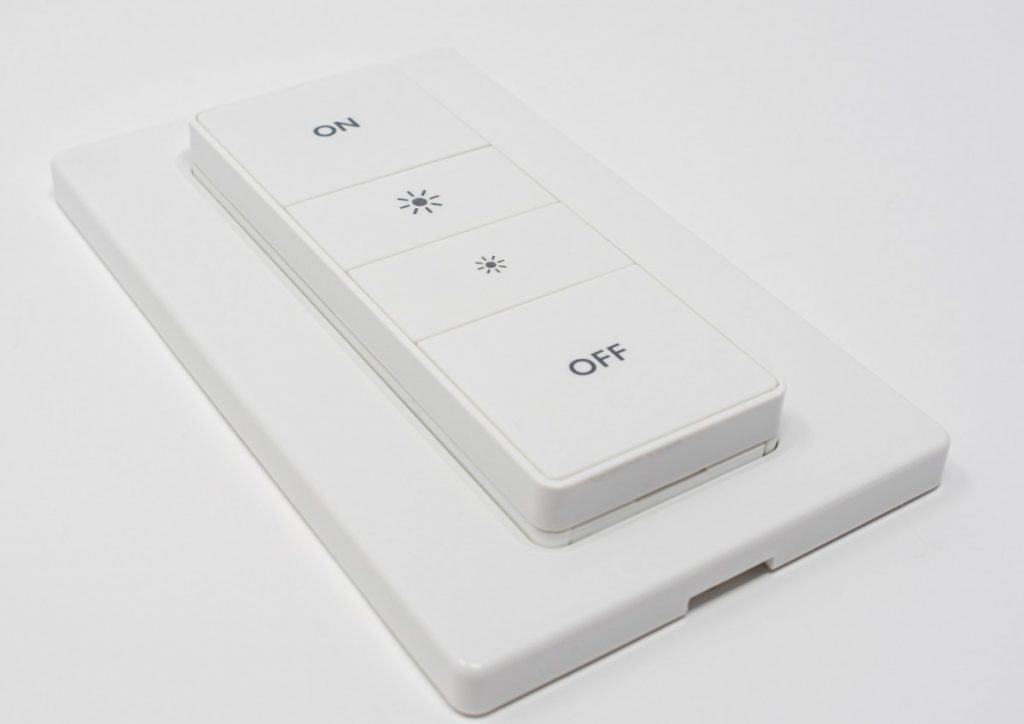
Final Thoughts
Automating and running a smart home without Alexa or Google is possible. You just have to be more intentional with your product choices and the overall smart home architecture. Focusing on products and solutions that allow you to easily control your systems from a central hub with ease removes the need to use your voice.
Learning how to create schedules on your smart devices and routines also reduces time spent on interactions and ensures you never have to feel the absence of a voice assistant. You no longer have to rely on voice assistants to run a smart home.

